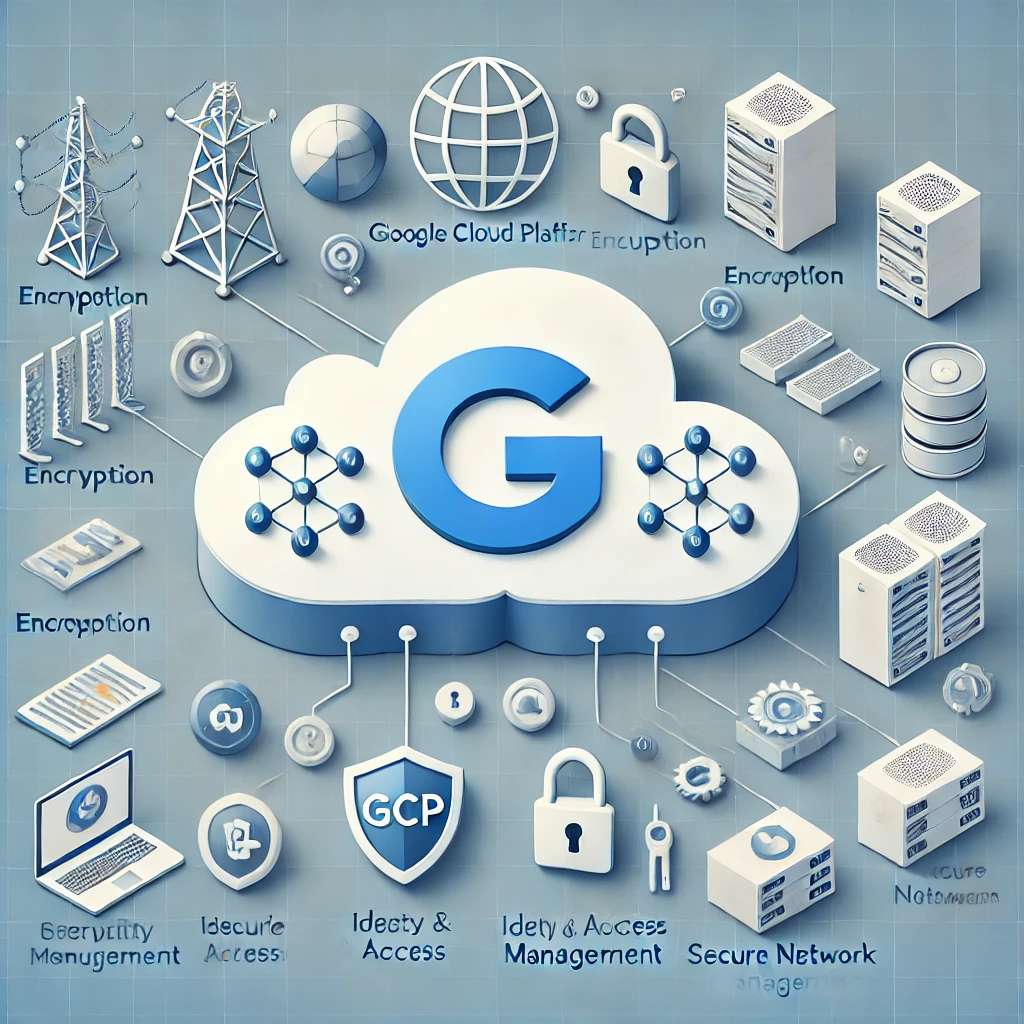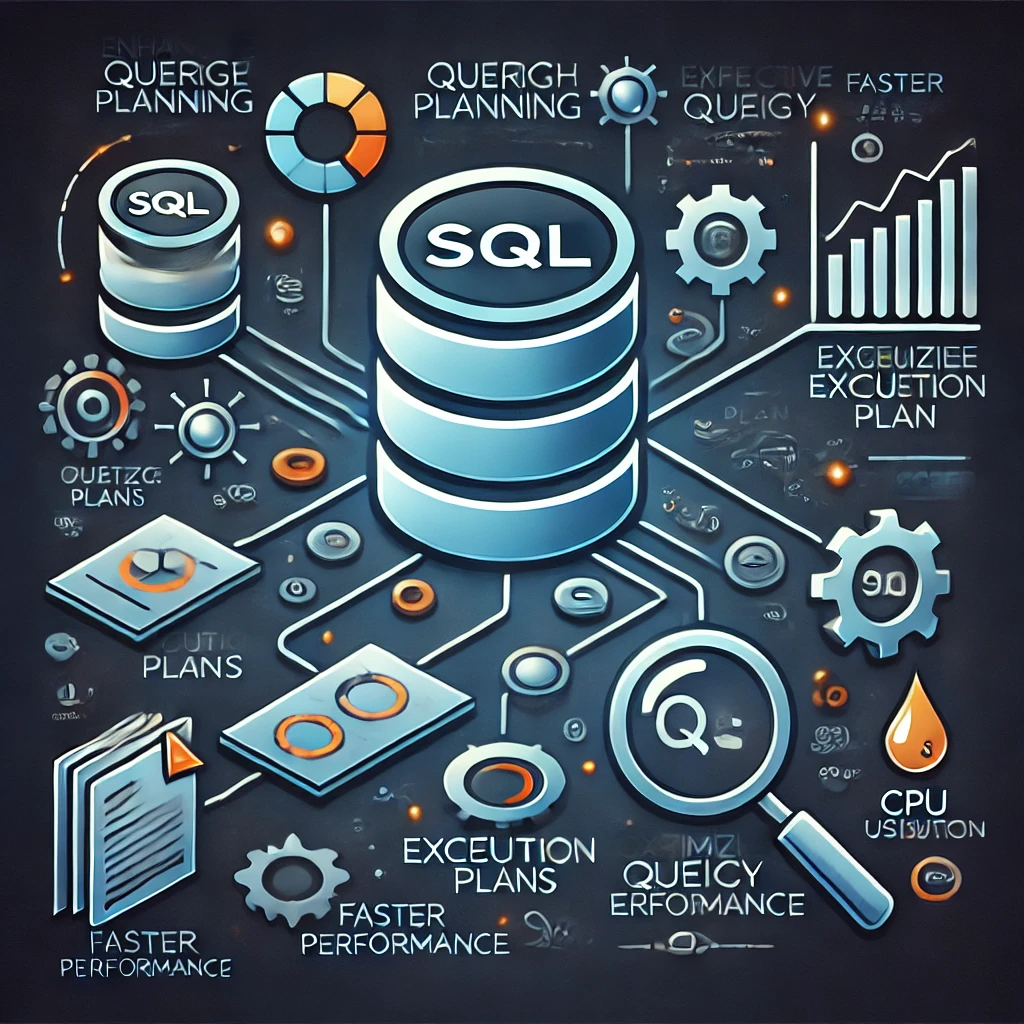Mastering Docker Security: Essential Practices for Safe Container Management
 Sophia Daniels in containers119 days ago
Sophia Daniels in containers119 days ago
Docker has revolutionized software development and deployment, offering
unparalleled portability and scalability. But with great power comes great responsibility. As your applications become increasingly reliant on containers, securing them becomes paramount.
This guide will equip you with essential practices to master Docker security, transforming your container environment from a potential vulnerability to a robust fortress.
1. Choose Your Armor Wisely: Base Images and Vulnerability Scanning
The foundation of a secure container is a secure base image. Start with official, well-maintained images from trusted sources like Docker Hub. Regularly scan these images for vulnerabilities using tools like:
- Docker Bench for Security: A comprehensive security scanner that checks your Docker environment against best practices.
- Clair: A vulnerability analysis tool that identifies known vulnerabilities in container images.
2. Lock Down Your Doors: Access Control and Least Privilege
Restricting access to your containers is vital. Implement these measures:
- User Namespaces: Isolate containers from the host system by using unique user namespaces. This limits the potential impact of a compromised container.
- AppArmor and SELinux: Leverage these security mechanisms to enforce fine-grained access control policies for containers.
- Run as Non-Root: Run your containers as non-root users whenever possible. This minimizes the damage a compromised container can inflict.
3. Secure Communication: Networking and Secrets
Protect your containers' communication:
- Docker Network: Create isolated networks for your containers, preventing unauthorized access from other systems.
- Secure Secrets: Never hardcode sensitive information like passwords or API keys in your container images. Utilize secure secret management tools like HashiCorp Vault or Docker Secrets.
4. Stay Vigilant: Monitoring and Patching
Regularly monitor your container environment for suspicious activity:
- Docker Security Scanning: Integrate continuous security scanning into your CI/CD pipeline.
- Container Monitoring Tools: Utilize tools like Prometheus and Grafana to monitor container health and resource usage, identifying potential security issues.
- Patching: Stay up-to-date with security patches for your base images and Docker engine.
5. Think Defense in Depth: Multi-Layered Approach
Don't rely on a single security measure. Combine multiple techniques:
- Container Security Platforms: Implement solutions like Aqua Security or Twistlock to enforce security policies and monitor your container environment.
- Firewalls: Consider deploying firewalls at the container level for added protection.
- Runtime Security: Use security tools that monitor container behavior at runtime, detecting and responding to malicious activity.
Mastering Docker Security: A Continuous Journey
Docker security is an ongoing process, not a one-time fix. Continuously evaluate your security practices, stay informed about new threats and vulnerabilities, and adapt your strategies accordingly. By embracing these principles, you can ensure your Docker environment remains safe and secure, allowing you to focus on building innovative and reliable applications.



